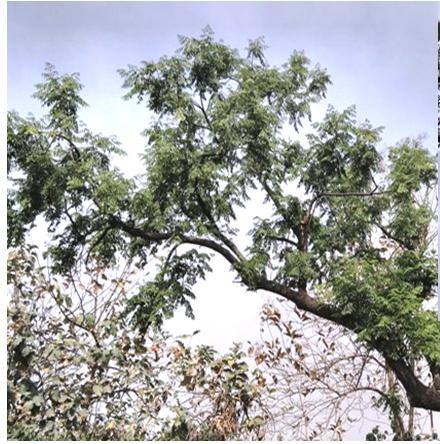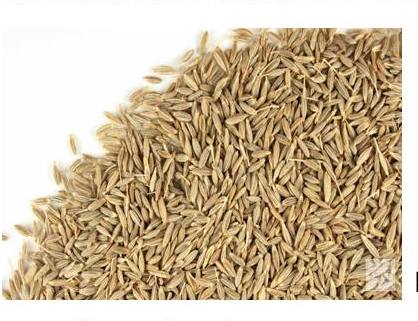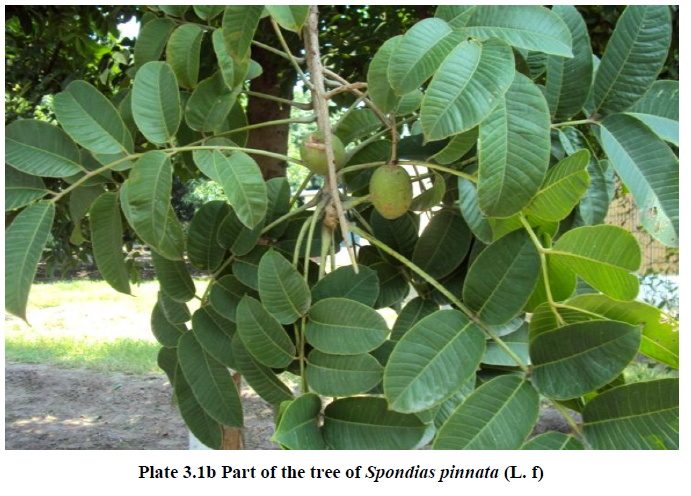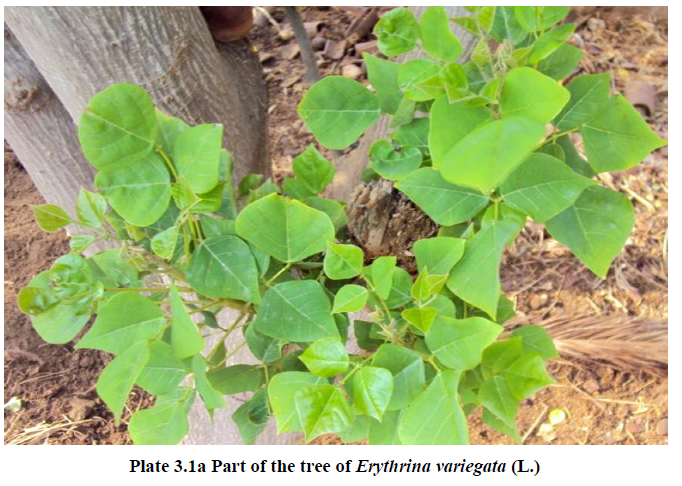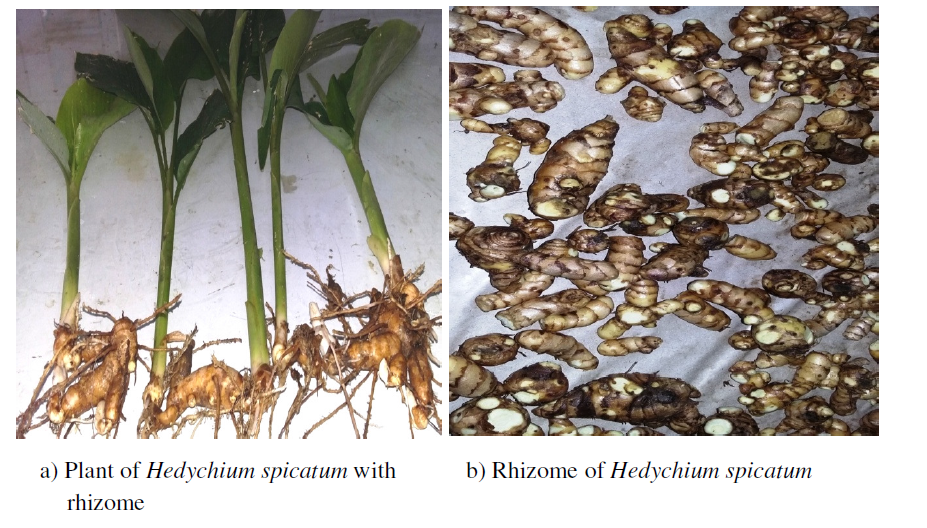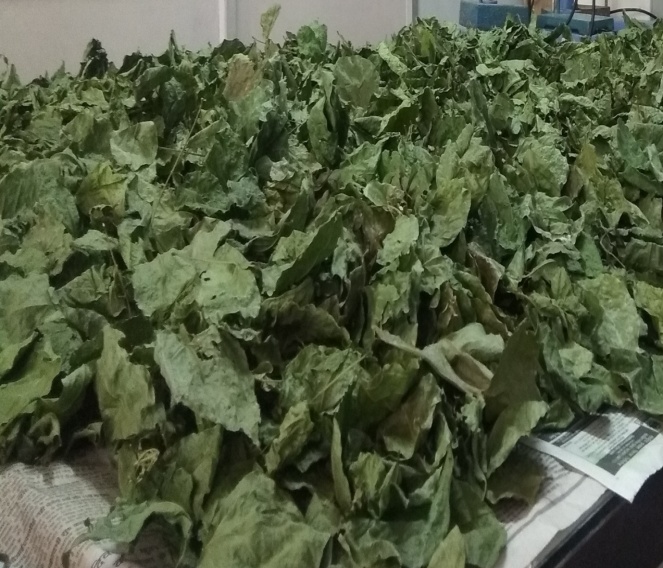MAPPING OF ANTHELMINTIC RESISTANCE IN G.I. NEMATODES OF SMALL RUMINANTS OF UTTARAKHAND (updated)
Studies were undertaken to evaluate the efficacy of commonly used anthelmintics against G.I. nematodes in various organized and unorganized sheep and goat farms of Uttarakhand using various assays viz. FECRT, EHA, and LDA for monitoring of anthelmintic resistance. Resistance in Haemonchus contortus was detected against Fenbendazole, Albendazole, Mebendazole, Levamisole, Rafoxanide and Closantel at various organized sheep and goat farms in Uttarakhand.
An allele-specific PCR was standardized to diagnose the mutation (Phe to Try) at residue 200 of the isotype 1 beta tubulin gene responsible for benzimidazole resistance in Haemonchus contortus adult and infective larvae. The technique was used for molecular characterization of benzimidazole susceptible and resistant strains of H. contortus. Benzimidazole resistance was found higher in organized flocks than semi-intensively managed flocks of tarai region than hills. Based on the results of evaluation of drugs against G.I. nematodes and their mapping thereof, rotation of drugs is suggested in deworming schedules in certain areas under study.

Based on the results of evaluation of drugs against G.I. nematodes and the mapping of prevalence of anthelmintic resistance thereof, rotation of drugs is suggested in deworming schedules in certain areas under study.
TECHNOLOGY DEVELOPED: DEWORMING SCHEDULES
Due to varied agro-climatic profile of Uttarakhand, the animals of the state are prone to a large number of parasitic infections. Strategic applications rather than haphazard treatment of animals infected with parasitic diseases are advisable to improve animal health, reduce cost of treatment and chemical hazards and development of drug resistances. Keeping this in mind, the epidemiological pattern of important helminth parasitic diseases viz. fasciolosis, amphistomosis and G. I. nematodosis in ruminants and equines in Uttarakhand has been established. The prevalence of gastrointestinal parasites of Tarai and Hill regions of the state has been mapped. Based on epidemiological pattern of these parasitic diseases, area specific and host wise Deworming Schedules have been developed.
Region Wise Deworming Schedules
Tarai

Hills

Equines

Impact of Deworming: The animal owners of Uttarakhand have become aware of the prevalence of various parasitic diseases and their effects on animals and also the economic importance of these diseases as is evident from their responses during field interactions. Several of them have adopted these deworming schedules and this has helped them in enhancing their income.

